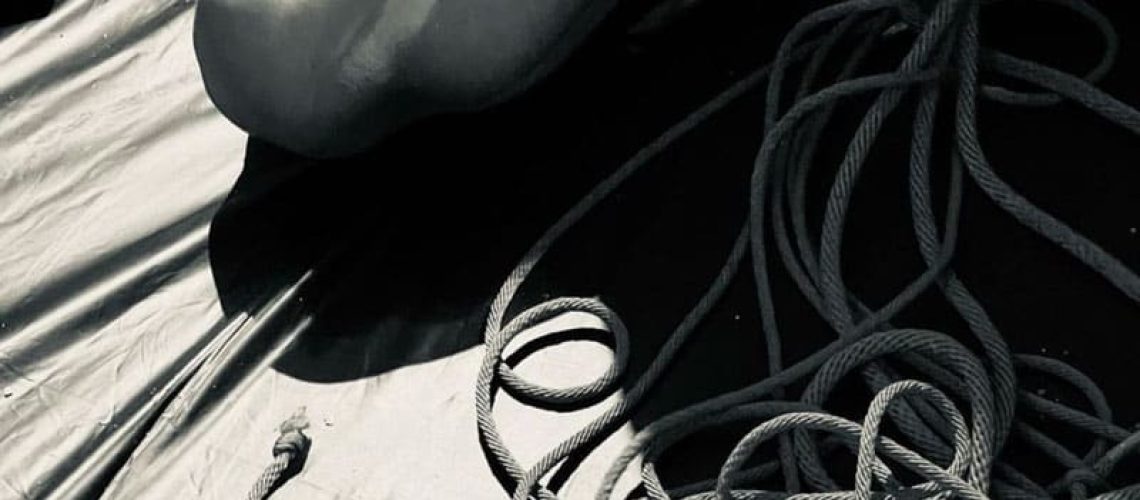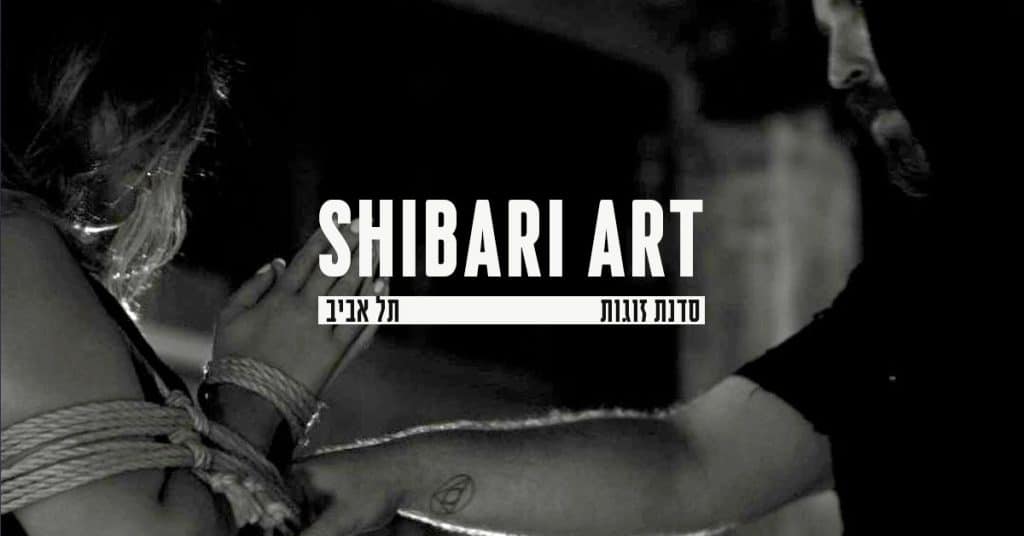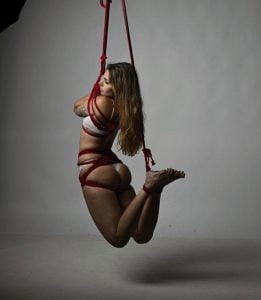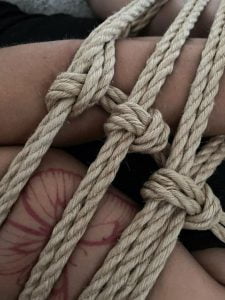Shibari, the Japanese art of rope bondage, is not just a singular practice but a diverse world of styles, each with its unique aesthetic and emotional resonance. The beauty of Shibari lies in its versatility and the myriad ways in which ropes can be used to create intricate patterns and deep connections. In this article, we explore some of the top Shibari styles, each offering a distinct experience and reflecting the rich tapestry of this art form.
Traditional Japanese Shibari
Kinbaku
Kinbaku, meaning “tight binding,” is the heart of traditional Japanese Shibari. This style emphasizes intricate patterns, precise rope placement, and the emotional interplay between the rigger and the model. Kinbaku is often characterized by its aesthetic symmetry and the use of natural fiber ropes. It’s not just about the physical restraint but the artistry and emotional exchange involved.
Hojojutsu-inspired Shibari
Rooted in the ancient martial art of Hojojutsu, this style pays homage to Shibari’s historical origins. It focuses on the functional aspects of rope bondage, often replicating the techniques used to restrain prisoners in feudal Japan. While less decorative, it holds a sense of authenticity and historical significance.
Contemporary Shibari Styles
Western Fusion Shibari
Western fusion Shibari blends traditional Japanese techniques with Western influences, creating a style that is both innovative and diverse. This style often incorporates different materials, such as synthetic ropes, and experiments with asymmetrical patterns. It’s a testament to Shibari’s evolving nature and its global appeal.
Performance Art Shibari
Shibari as performance art takes the practice to the stage, combining rope bondage with elements of dance, theater, and visual art. This style is dynamic and expressive, often choreographed to tell a story or convey deep emotions. It’s a powerful medium that showcases Shibari’s potential as a form of artistic expression.
Specialty Shibari Styles
Aerial Shibari
Aerial Shibari takes the art of rope bondage off the ground, combining it with aerial arts. Ropes are used to suspend the model in the air, creating a sense of weightlessness and freedom. This style requires advanced skills and a deep understanding of safety and rigging techniques.
Erotic Shibari
Erotic Shibari focuses on the sensual and intimate aspects of rope bondage. It emphasizes the physical and emotional connection between partners, often incorporating elements of BDSM. This style is about exploring sensuality, trust, and power dynamics in a safe and consensual environment.
Conclusion
Shibari offers a diverse range of styles, each with its unique appeal and expression. From the traditional Kinbaku to the innovative Western fusion, and from the artistic performance art to the exhilarating aerial Shibari, there is a style for every enthusiast. These styles reflect Shibari’s rich history, its adaptability, and its profound ability to connect people, whether through art, emotion, or a shared experience of beauty and trust.






